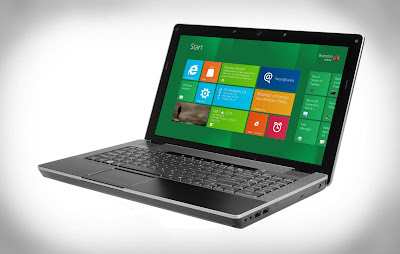If you are setting up your Belkin router for the first time or want to configure wireless settings, or set up parental controls or firewall to protect your wireless network from being hacked, you must log in your Belkin router login and do these settings.
Check the below mentioned steps and log in to your Belkin router to access or customize your Belkin router setting:
2. If you already set up a wireless network and want to modify its settings, you need not make the Ethernet connection.
3. Launch your web browser and type ‘192.168.2.1’ in the address bar. Hit ‘Enter’ to continue.
4. On the Belkin Router Setup screen, click the Login button. Type your router’s password in the Password box and click Submit.
5. If you never set up a custom password, leave the box blank. Most of the Belkin routers are shipped without any password, thus the field is left blank. You must also check your Belkin router setup manual for the default login details.
6. If you set up a custom password and have forgotten or misplaced it, you will need to hard reset your Belkin router. Doing so will restore Belkin router to factory settings so that you can use the default login details and set it up from the scratch.
7. Once logged in, you can set up and configure your Belkin router for wireless network, firewall or change your username and password etc. Do not forget to click the Apply Changes button to save your settings.
***If you want to connect or reconnect to your previously set up wireless network, remove the Ethernet cable from your computer.Feel free to get online technical support to fix your computer problems. Just Call on Toll-Free number(1-866-541-1792) & get 24*7 expert help for online diagnostic and troubleshooting.














